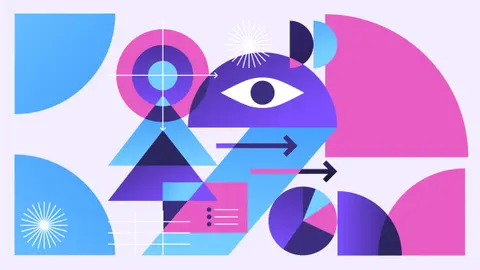The Role of the BHAG in Budgeting and Planning

Trying to identify BHAGs for your company? (Big, hairy, audacious, goals?)
What’s Your BHAG?
For example, we had a customer that created a set of requirements around a budgeting process based on current and future business needs. The client’s current planning process was very time, and labor-intensive. It relied upon a large amount of Excel spreadsheets, as well as FP&A resources and time to create the annual budget. But the client’s centralized planning process was that way because it had a fundamental belief that a planning process can only be controlled when it remains with the core FP&A team.
When we discussed the client’s future goals, the team talked about growing internationally. Their future requirements included many unique and complex requirements, however, their fundamental beliefs remained the same. This would mean replicating the current process around the globe.
How To Create Your BHAGs?
So how do BHAGs come into play? We brainstormed with the client and identified some BHAGs that seemed unattainable, including these:
- Reduce the annual budget cycle from an average of 3 – 4 months to 4 weeks.
- Implement a rolling forecast process to have quicker predictions on market volatility.
- Decentralize the planning process to allow more accurate assumptions from managers on revenue impact.
- Reduce management reporting compilation time from an average of 3 weeks to 2-3 days.
After whiteboarding our BHAGs, the team threw up their arms and said “we can’t do it.” When we asked why, they said that their company’s fundamental business philosophy prevented them from suggesting operational, process and technology changes that would be required. “It would turn the company on its head,” they said.
This is when we knew we were onto something. The current and future state requirements were fine, but they were based on philosophies that would be difficult to scale and would prevent the client from really doing anything transformative.
The team knew that they needed to frame these BHAGs and identify the barriers to achieving them for the executive team. This would challenge the executives’ core beliefs, but those four BHAGs could drive real value to the company’s bottom line. The BHAGs must be measurable in terms of time and expected benefits, which should be quantified in order to be effective.
Latest Posts
Blogs
Interviews, tips, guides, industry best practices, and news.
